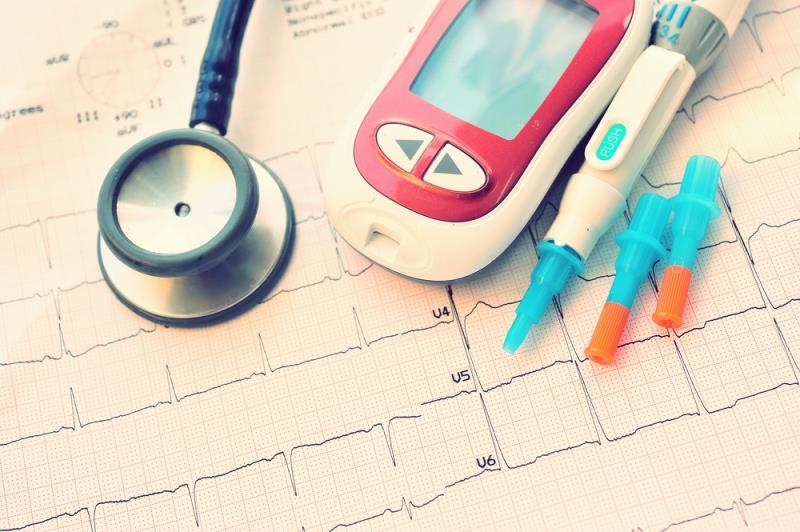
Sympathetic activation associated with type 2 diabetes mellitus (T2DM) is detectable even when obesity, hypertension, and metabolic syndrome are excluded, according to the results of a systematic review and meta-analysis.
In addition, T2DM-related synthetic activation is not found in type 1 diabetes mellitus (T1DM), not associated with anthropometric and haemodynamic variables, and is related to plasma insulin.
“Microneurographic recordings of muscle sympathetic nerve activity (MSNA) have shown that sympathetic activation may characterize diabetes mellitus,” the investigators said.
“However, it is recognized that comorbidities and metabolic abnormalities frequently associated with both T1DM and T2DM affect MSNA, generating potential confounding effects and making the association between sympathetic activation and DM still a controversial matter,” they added.
Eleven microneurographic studies enrolling 314 DM patients and healthy controls were included in this meta-analysis. The investigators chose MSNA as the main variable of interest and collected data, which included indirect adrenergic markers such as heart rate and venous plasma noradrenaline, together with haemodynamic, anthropometric, and metabolic variables.
Participants with DM demonstrated significantly greater MSNA than did controls (mean difference, 8.1, 95 percent confidence interval, 1.21–15.08; p<0.05). This difference was attributed to T2DM because patients with T1DM showed MSNA values superimposable to controls.
Moreover, MSNA in T2DM patients was directly associated with age (r, 0.83; β, 0.82; p<0.04) and plasma insulin (r, 1.00; β, 2.25; p<0.01), but not with other variables.